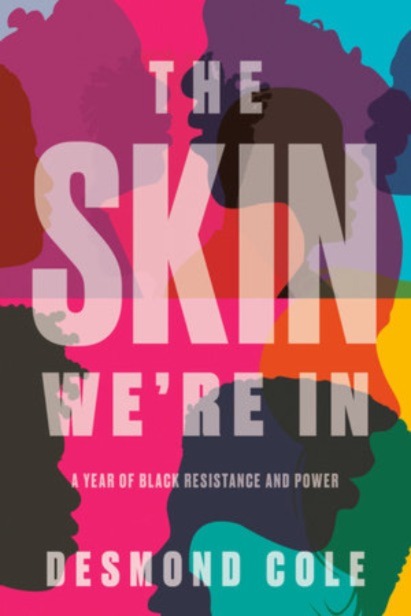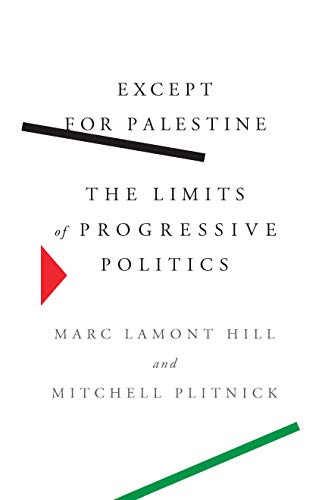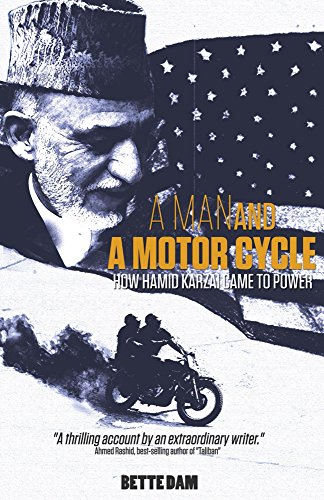Alpha City: How London Was Captured by the Super-Rich, Rowland Atkinson, Verso, 2020, pp. 247, ISBN: 978-1-78873-797-5
“A man who can dominate a London dinner table can dominate the world,” said Oscar Wilde’s Lord Illingworth in A Woman of No Importance. “It is the exquisites who are going to rule.” In the world of capitalist globalization, this remark continues to perfectly encapsulate the world of the moneyed elite who have managed to capture London and structure it according to their liking with far-reaching consequences for the vast majority of its inhabitants. As report after report of Oxfam or Transparency International shows, socio-economic divides in London continue to widen. Four in ten Londoners do not meet what is considered an acceptable standard of living. As a percentage, more people live in poverty in London compared to the national average, with 74% of adults living in poverty even though they hold a job. The cost of living in the city is up to 58% higher than in the rest of the UK. Those in the bottom half of London’s wealth distribution hold 6.8% of the capital’s wealth, compared to the top 10% who hold 42,5%. Harrowingly, 39% of all children living in the capital live in poverty. Yet, the City has recently overtaken New York as the home of the world’s highest concentration of dollar millionaires.
The main driver of social inequality in London is its bubbling housing market, which has become the playground of the super-rich. Ten London boroughs – Westminster, Chelsea, Wandsworth, Barnet, Camden, Richmond, Ealing, Bromley, Hammersmith, Fulham and Lambeth – together are valued as much as Scotland, Wales, and Northern Ireland combined. With the value of the pound dropping during the pandemic, the global moneyed elite swooped in to buy up properties in London. And it is only getting worse.
In his new book, University of Sheffield Professor Rowland Atkinson has termed London the “alpha city,” a city whose gravitational pull attracts the rich who increasingly make up its social and economic fabric and fashion it according to their interests and tastes. As Atkinson says, it is a city “for money, not for people,” where “capital, capitalism and capitalist elites” come together to reshape the City, with the tacit support of the political establishment whose laissez-faire, pro-market policies allow them to turn London into their playground. A combination of processes, institutions and ideologies has come together to produce the plutocratic city that is London, where money power steals the city from its residents. As council housing estates are demolished, projects such as The Shard, One Hyde Park and others spring up, redefining the very meaning of public housing, defined as costing up to 80% of average local market rent. Wealth replaces welfare, as politicians vie to sing the praises of trickle-down economics and pump even more money in the financial services infrastructure of London. The needs of capital are thereby aligned with the needs of the state at the expense of the working classes.
Atkinson profiles how these wealthy elites have changed London to suit their liking, with luxury dominating the landscape in the form of various commodities. Atkinson outlines how wealth has an isolating effect, turning the city into a soft prison where the rich live out their anxieties. Anxious to protect their wealth, they have devised strategies to isolate themselves from the outside by building ever higher walls, ever higher gates, ever more elaborate anti-burglary systems and employing personal security detail capable of temporarily shutting down a neighbourhood to allow for an undisturbed shopping spree. It is a lifestyle driven by fear, as Atkinson mentions. Fortress London allows them to effectively devise strategies to insulate themselves from the inequalities generated by their class position and the money they bring in. Everything appears private, seamless, and undisturbed in the fortified aesthetic of wealth. However, this is only possible with the mad rush to privatize everything. Paradoxically, the anxieties of wealth inverse the traditional perspectives that claim insecurity and fear to be the preserve of the Third World and the poor.
No amount of capital is innocent, earned at the back of the Third Word and the working class, but a significant amount of it pouring into London represents laundered money even by capitalist standards. As Atkinson outlines, London’s financial landscape also represents “one of the most advanced ecosystems for money laundering and financial crime.” With a regulatory framework designed to suit unmitigated capital flow, “the city…has effectively embraced criminal wealth as a means of underwriting its apparent vitality.” Many neighbourhoods contain properties purchased using offshore shell corporations sheltering illicit money. Atkinson mentions that around half a million Suspicious Activity Reports are filed every year to flag criminal or suspicious cash, but with the agencies tasked with investigating overwhelmed, a lot of it passes through and is eventually laundered in the ordinary economy. With the goal of pumping as much of this type of cash into the economy to later reintegrate it, it is clear how London’s housing market would provide an adequate way to achieve this, with its soaring housing prices and the government only too willing to agree to “redevelop” a neighbourhood. Again, Atkinson says it best, “the seduction of such a place is that the consequences and costs of bad money can be disremembered in an earthly paradise for the super-affluent.” Money does not necessarily follow bodies, and money parked in London’s housing and luxury commodities often leads to empty homes and unpopulated neighbourhoods, spaces which Atkinson terms “necrotecture.” The torn social fabric is replaced by empty space and money.
After detailing how London is shaped by the rich and increasingly made to accommodate their capital, Atkinson returns to those at the receiving end of their richesse. In a moving narrative, he outlines the nightmare that is slowly becoming a reality for the 99%. By juxtaposing the two realities of how space and money interact to create contending realities of wealth and poverty, Atkinson emphasizes the nature of class relations that is capital.
Alpha City is not only a poignant investigation into the nature of London, but also a harrowing tale of the effects concentration of capital has on the environment in which it concentrates. With its colonial history and symbolic imagery still present, London is only bound to continue attracting the rich and devastating the lives of many.




